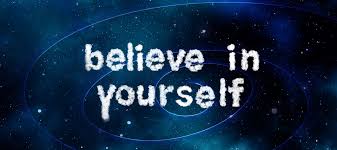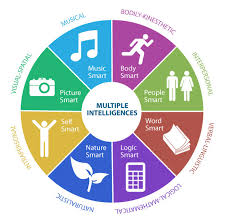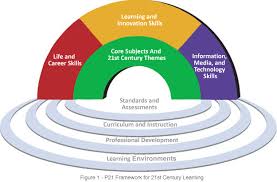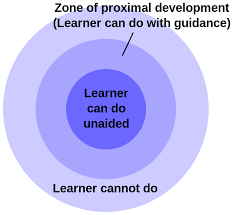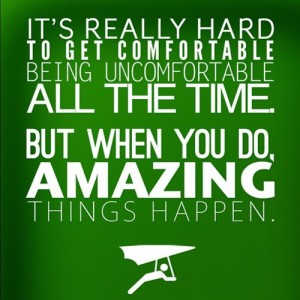 My recommendations for a successful 1st quarter (and rest of the year) in the DEL program consists of several areas: Technology and Resources, Organizing and Managing Time, Collaboration and Sharing, Health and Change
My recommendations for a successful 1st quarter (and rest of the year) in the DEL program consists of several areas: Technology and Resources, Organizing and Managing Time, Collaboration and Sharing, Health and Change
Technology and Resources: A few of the programs that we used this semester were Classroom, WordPress, Hangouts, Twitter, Coggle, Google Drive, Vialogues, and Domain of One’s Own. The ability to learn different technology programs quickly, is extremely valuable and not as daunting as it looks. These programs have help features and there is always someone in the cohort willing to assist. Your experience with other software programs will be similar, still do not be afraid to explore, try different styles, make mistakes and recover from them. There are resources available through the SPU library. The Digital Education Leadership Subject Guide at (Link) has many features. Take advantage of the information on how to find books, articles, plus internet resources. There even is a link to the APA Style Guide for writing citations.
Organizing and Managing Time: Definitely find and set up the tools you will be using to organizing resources. Take the time to put them all into one place, then they can be found easier. Create that calendar, buy that planner, set up a task list, start the day with a goal – something that you are sure to accomplish, write everything down – keep a notepad by the bed or in the cat. Understand that multitasking is impossible, instead learn how to manage your time. Be sure to put time aside to read. The resources that are in each lesson are outstanding and she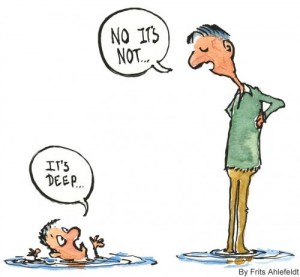 d light on different topics, but it’s not always a “quick read”, several will challenging, nevertheless slow down. Always complete assignments on time, it’s always easier to forge ahead than it is to catch back up.
d light on different topics, but it’s not always a “quick read”, several will challenging, nevertheless slow down. Always complete assignments on time, it’s always easier to forge ahead than it is to catch back up.
Collaboration and Sharing: Be open and willing to share and support your cohort. The students in the program have fabulous ideas and experiences that they can share. They also have knowledge that will allow you to understand different perspectives. A Perspective is just an attitude and point of view, be ready to be 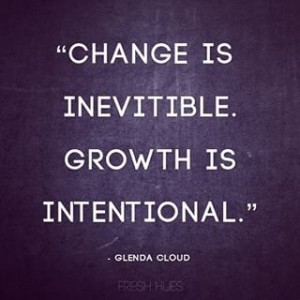 challenged. Remember that we are a community and we are here to work together. Say your opinion out loud, ask that burning question, and give that colleague a “way to go” comment, contribute as much as possible. Keep the desire to continually learn, to stretch your experience to incorporate innovative ideas, strategies and theories. There is much to learn, be excited!
challenged. Remember that we are a community and we are here to work together. Say your opinion out loud, ask that burning question, and give that colleague a “way to go” comment, contribute as much as possible. Keep the desire to continually learn, to stretch your experience to incorporate innovative ideas, strategies and theories. There is much to learn, be excited!
Health & Change: Take care of yourself, be sure to manage time and use lots of hand sanitizer. If there are a million tasks to do, you’re doing too much. Remember to take care when volunteering for extra assignments. Understand there will be change, it can come in several forms. Still, when it happens, there is that uncomfortable feeling, yet without change, you cannot grow. The reaction isn’t about being comfortable with change, its’ “being ready to grow”.
I know that I am excited for the opportunities ahead. Let’s continue…
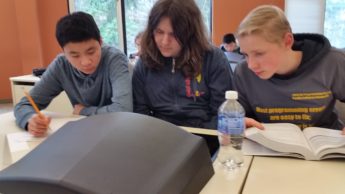

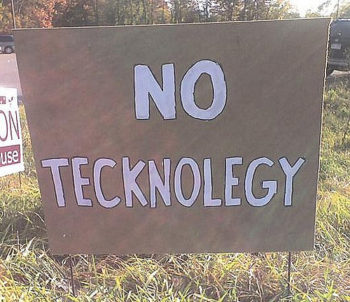




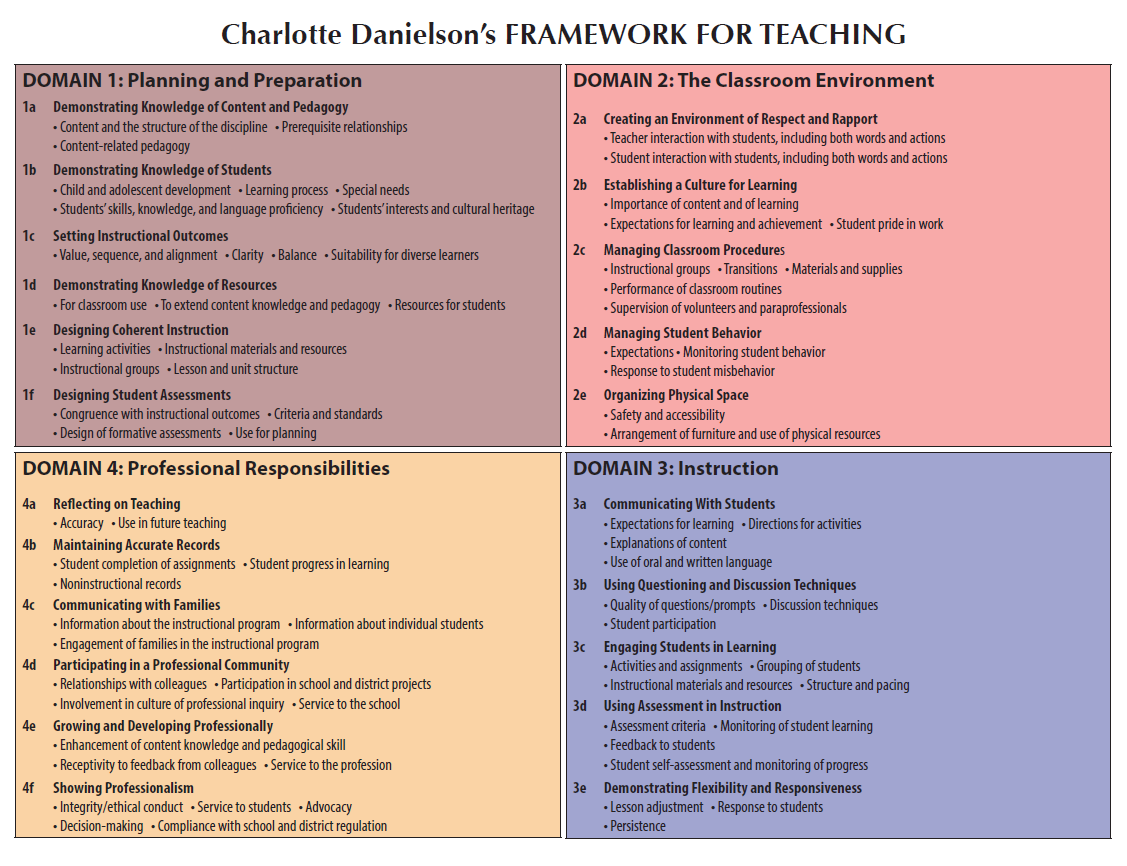 in the components of domains 2 and 3 in Danielson’s Framework. Since our district has adopted the framework for the teacher evaluation process, the various strategies within the instructional model families can be used to strength weaknesses within those components. While only one of the components was attached to each post, it is important to note that each instructional strategy could be used within multiple components.
in the components of domains 2 and 3 in Danielson’s Framework. Since our district has adopted the framework for the teacher evaluation process, the various strategies within the instructional model families can be used to strength weaknesses within those components. While only one of the components was attached to each post, it is important to note that each instructional strategy could be used within multiple components. 